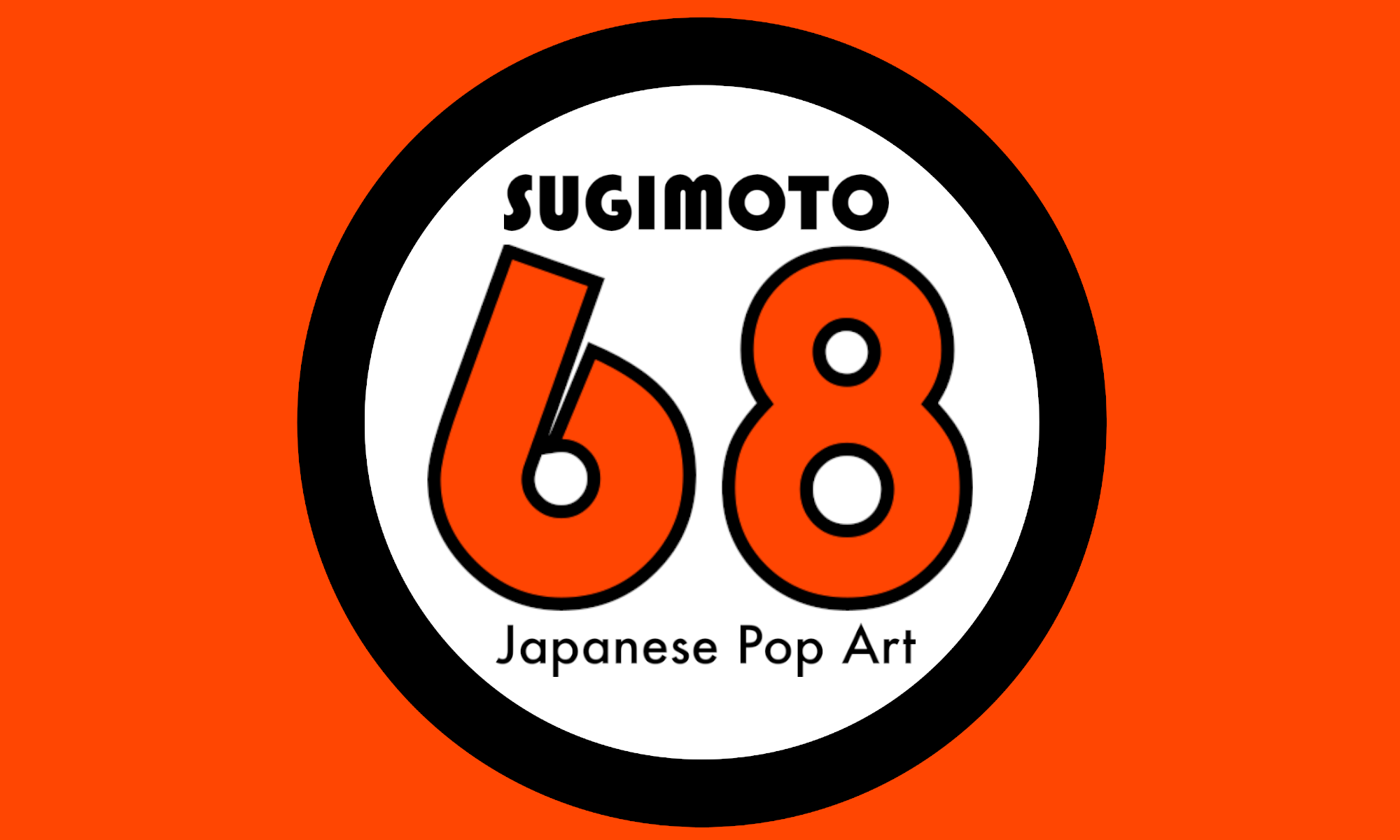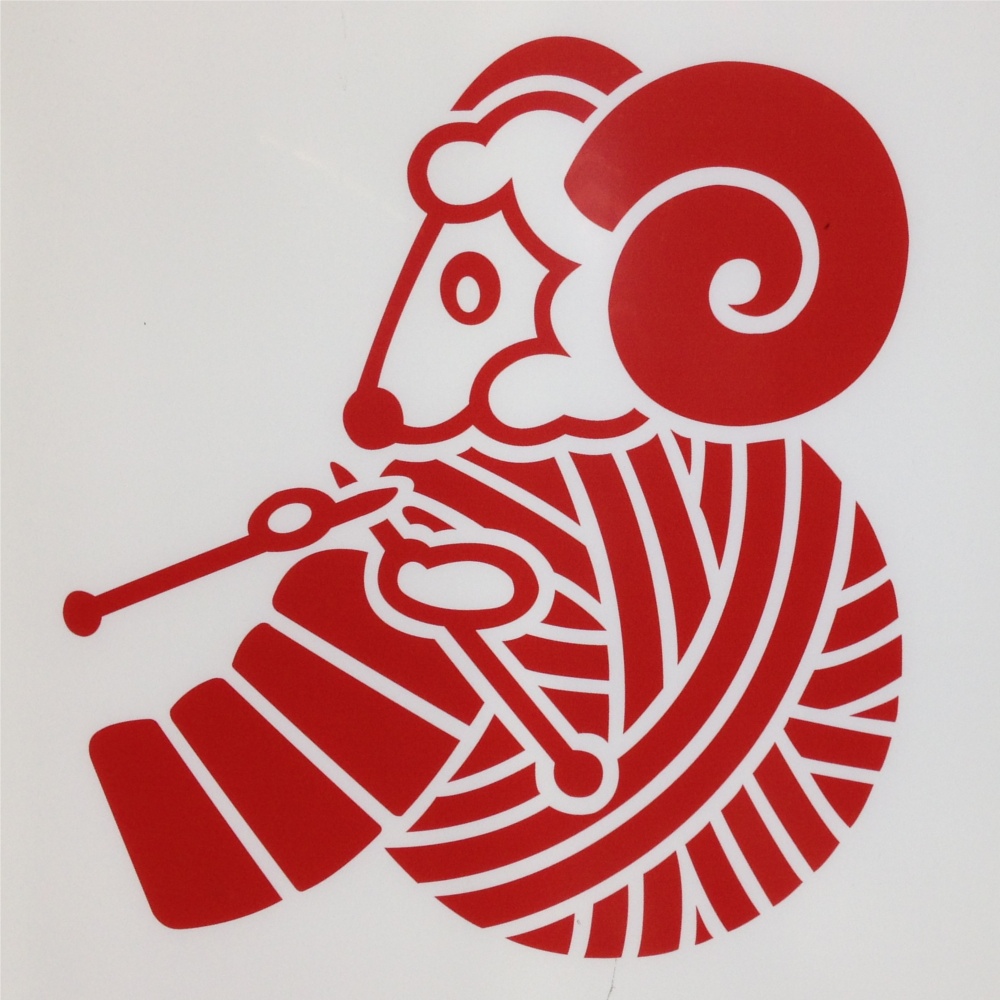One of the most common questions buyers ask about a Murakami is, “Do you have a COA?” For the uninitiated, COA means, “Certificate of Authenticity”. A proper COA can potentially help authenticate a piece of art, especially an original, one-of-a-kind piece; however, most COAs do not meaningfully provide evidence for authenticity.
Understandably, many buyers want to observe due diligence and ensure the authenticity of their art; however, many art professionals suggest caution with COAs. Alan Bamberger of ArtBusiness.com makes the most salient comment possible about COAs:
Unless a certificate of authenticity originates from and is signed by either the artist who created the art, the publisher of the art (in the case of limited editions), a confirmed established dealer or agent of the artist (not a casual third party or reseller), or an acknowledged expert on the artist, that certificate is pretty much meaningless. (Read his full article here.)
This Sugimoto68 blog entry explains why you can never expect to receive a valid COA for a Murakami offset limited edition print or limited edition silkscreen. The offset limited edition print is the one most widely sold by a variety of internet and brick and mortar sellers, so this discussion applies to practically all buyers of Murakami prints. This discussion could additionally apply to any limited edition print in which the publisher or related entity does not directly distribute a COA.
Three reasons a COA for a Murakami print is problematic:
- The COA issuer is not authorized
- The provenance from the creator to you is not transparent
- A COA is easier to create/forge than the art itself

1. The COA issuer is not authorized
Official agents of Murakami either do not sell the prints, or do not issue COAs; therefore, there is no such thing as an official COA for a Murakami print.
As explained on Murakami’s Kaikai Kiki website, the only official dealers of Murakami art are: Blum & Poe (LA), Gagosian Gallery (NY), Galerie Emmanuel Perrotin (Paris) or Kaikai Kiki Gallery (Tokyo). Only these galleries could offer an official COA–but they are not typically the sellers of new Murakami print releases since they primarily deal in Murakami original art.
Murakami’s gallery Hidari Zingaro or a public museum like the MOCA are typically the official sellers of Murakami prints. Hidari Zingaro and public museums never issue COAs for Murakami print editions. (Correction MOCA offers a COA. Read here.)
If a Murakami seller is not listed above, then that seller cannot issue a COA. Any COA offered by any other seller is simply a 3rd party COA, which is merely a personal promise of authenticity.
2. The Provenance from creator to the customer is not transparent
One purpose of the COA is to establish the chain of purchase from the creator. Since Murakami’s factory is the creator, any COA that does not show how the print arrived from Murakami to you does not fulfill the crucial role of linking you to the creator. With Murakami print editions, the idea of a COA is ironic–the more degrees of separation your seller is away from an official source of prints, the more likely a COA will be offered.
Consider the following scenarios–which print would you purchase?
A – Steve McQueen CBE travels to Japan and purchases a Dob print from Murakami’s gallery Hidari Zingaro. He offers to sell you the Dob print with some purchase documentation from Hidari Zingaro.
B – Bologna Gallery, a reputable gallery that has been in business for over 50 years, offers to sell you a Dob print. What’s nice about Bologna Gallery is that they also include a COA with the print. The COA describes the print and publisher, and guarantees a refund if the print is not authentic. The source of the print is not indicated on the COA. If you ask, they say they purchased it from their network.
If you chose A, you made the right choice. With Steve’s print, the documentation shows the connection between him and the creator, Murakami; therefore, you are TWO degrees of separation from Murakami. Bologna Gallery is a good company, but they most likely purchased their print from someone like Steve; therefore, you are at least THREE degrees of separation from Murakami, if not more. You cannot possibly trace the origin of the print. If you desire protection against fraud you can have the seller declare in writing that the art is authentic; however, a COA is not necessary for such a declaration.
3. A COA is easier to create/forge than the art itself
Murakami has on several occasions delayed print releases for quality control purposes. One example from the Hidari Zingaro website, August 29, 2010, is linked here. The message explains the shipping delay of a set of prints. The Murakami’s contracted printer in Japan could not successfully apply the new printing techniques necessary to meet Murakami’s standards, so the production was delayed. The print delay illustrates that Murakami’s own printers even have difficulty in producing the official prints.
A counterfeiter would find it difficult, if not impossible, to reproduce a Murakami print in every detail. In contrast, a COA does not constitute an official document from Murakami’s company; therefore, absolutely anyone can produce a COA. How can a COA that is very easy to produce serve as evidence for authenticity of an art print that is difficult to reproduce?
What can I do for proof of authenticity?
- Inspect the art.
- Get a valid proof of purchase.
Inspect the art
The best way to authenticate a print is to inspect the print itself. Since Murakami’s prints are multiples, it is possible to compare your Murakami print to another identical print to check for authenticity. For comparison, one print ideally would come from one of the official sources above; otherwise, both prints should be from independent sources.
Get a valid proof of purchase
Alan Bamberger notes that:
A formal certificate of authenticity is not necessarily required to prove that a work of art is genuine. Any valid receipt, bill of sale, or proof of purchase either directly from the artist or from a confirmed and established dealer, reseller, publisher, or agent of the artist will do.
You can ask the seller of the Murakami print to provide the purchase documentation from their source of the print. Unfortunately for Murakami prints, a valid proof of purchase is not always available since Murakami prints have been sold in many different ways in the past, so such documentation may not exist for a particular print. Additionally, many resellers of the prints wish to protect their privacy, so are reluctant to expose their personal information via documentation.
Next time
The upcoming article will discuss what type of documentation accompanies a Murakami Hidari Zingaro print.
Read more
Is Your COA Worth the Paper It’s Printed On? Alan Bamberger provides guidelines for judging COAs.
This Google Answers thread on Autograph authenticity – Tells you were you can print your own COAs!
The Dreaded Certificate of Authenticity – Explains the profit motive behind producing COAs


